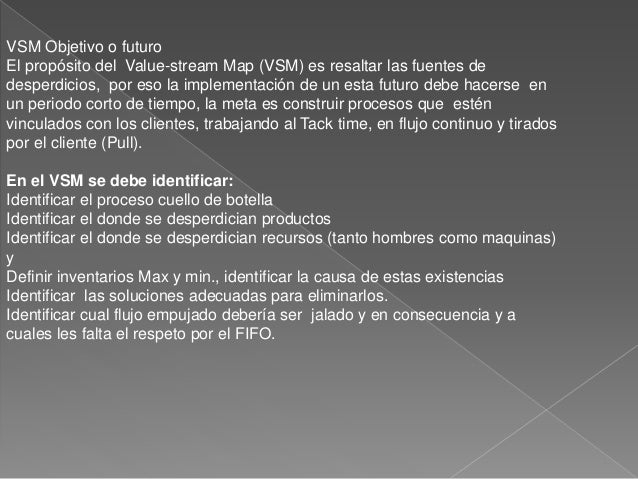

These difficulties are manifested in the lack of scalability of the algorithm, the long time to build the model, or the problem of dimensional disasters. However, the massive amounts of data that appear now generally have such high dimensionality and diversity, which makes it difficult for some classification algorithms to use such data to build predictive models. At the same time, the diversification of the values of data attributes makes it more difficult to classify such data. With the development of the current era, the scale of data is getting larger and larger, and the attributes of the data are also increasing. In the context of the current big data era, it can implement multidomain applications in a big data environment. Therefore, anomaly detection can be performed based on support vector machines. The system call can use the short system frequency to convert the sequence into a call sequence with a certain length of vectors in a high-dimensional space.

Statistical learning theory solved nonlinear and local minimum problems. It is derived from the idea of solving the dual form of large-dimensional problems, so that the classifier only relies on a small number of support vectors to achieve the principle of structural risk minimization. The support vector machine (SVM) is a traditional machine learning method based on classification. It can be widely used in the context of big data. By improving the calculation rate of traditional machine learning algorithms, it is concluded that the accuracy of the fitting prediction between the predicted data and the actual value is as high as 98%, which can make the traditional machine learning algorithm meet the requirements of the big data era. The algorithm speed can be improved by transforming the solution of the dual problem into the classification surface of the original space. Incorporating fuzzy membership into multicore learning, it is found that the time complexity of the original problem is determined by the dimension, and the time complexity of the dual problem is determined by the quantity, and the dimension and quantity constitute the scale of the data, so it can be based on the scale of the data Features Choose different solution spaces. According to the scale and characteristics of the data, different solution spaces are selected, and the solution of the dual problem is transformed into the classification surface of the original space to improve the algorithm speed. This paper explores the background and theory of support vector machines (SVM) in data mining classification algorithms and analyzes and summarizes the research status of various improved methods of SVM. Classification is an important problem in data mining. With the rapid development of the Internet and the rapid development of big data analysis technology, data mining has played a positive role in promoting industry and academia.


 0 kommentar(er)
0 kommentar(er)
